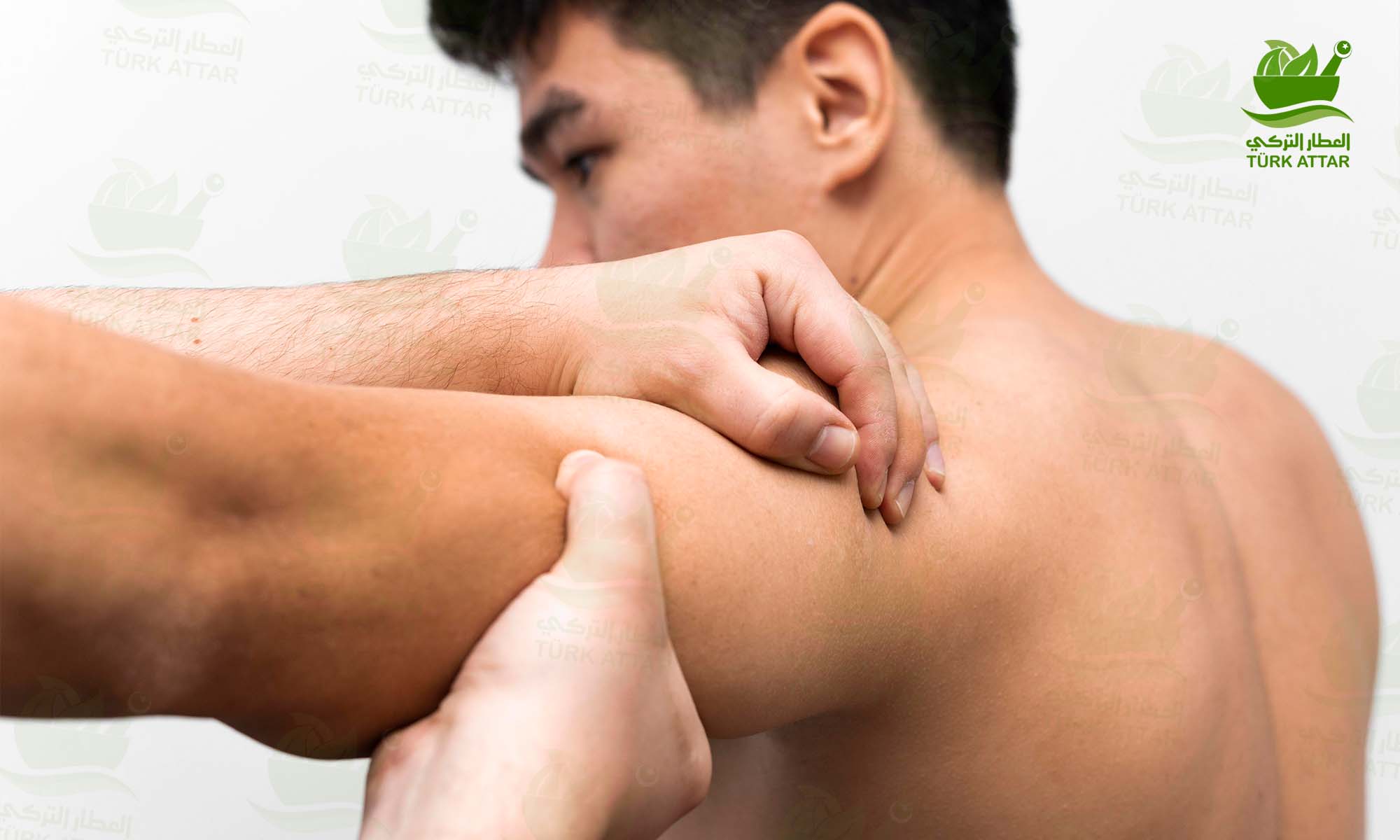
The shoulder consists of 3 bones. These; upper arm (humerus), scapula, and collarbone. The tissue surrounding the shoulder joint and holding everything together is called the shoulder capsule.
Frozen Shoulder
Frozen shoulder, also known as adhesive capsulitis is a condition characterized by stiffness and pain in the shoulder joint. Frozen shoulder syndrome, which can severely impair the quality of life, limit the movements of the person or manifest itself with pain symptoms, is a serious health problem.
It occurs with the limitation of joint movement due to the narrowing, thickening, inflammation of the shoulder joint capsule and the reduction of intra-articular fluid. The frozen shoulder and capsule become so thick and tight that it becomes difficult to move. Bands of scar tissue form and the fluid that lubricates the joint is reduced. This limits the person's mobility.
Symptoms typically begin gradually, worsen over time, and then resolve over a period of 1 to 3 years. Although it is mostly seen in one shoulder, there are cases seen in both shoulders. Movement exercises, corticosteroids and drugs injected into the joint capsule are given for the treatment of frozen shoulder syndrome. In some cases, arthroscopic surgery may be necessary to allow the joint capsule to move more freely.
Reasons
What Causes Frozen Shoulder Syndrome?
Frozen shoulder syndrome can occur due to various reasons, but in most cases, the underlying cause is unknown. The bones, ligaments and tendons that make up the shoulder joint are contained within a connective tissue capsule. Frozen shoulder occurs when the capsule thickens and tightens around the shoulder joint, restricting its movement.
Disorders that cause the shoulder joint to remain immobile for a long time may develop after situations such as falling or hitting. In addition, calcification in the shoulder, shoulder impingement syndrome, muscle tendon tears, inflammatory rheumatism, diabetes, thyroid problems, high cholesterol, heart problems, breast diseases in women can also trigger frozen shoulder syndrome. Most cases of frozen shoulder syndrome today are people who are often under intense stress.
Frozen Shoulder Risk Factors
Some factors can increase your odds of developing frozen shoulder: Age and Gender: People over 40 are more likely to have frozen shoulder. Inactivity: People with prolonged inactivity or reduced shoulder mobility have a higher risk of developing frozen shoulder syndrome. Immobility may develop due to rotator cuff injury, broken arm, stroke, and post-operative processes. The most common causes are immobility after a shoulder injury, broken arm, or stroke. If the person has had a discomfort that makes it difficult to move the shoulder, he should consult a doctor for the exercises he can do to maintain the movement in the shoulder joints. Systemic Diseases: Diabetes, hyperthyroidism, Conditions such as hypothyroidism, tuberculosis, Parkinson’s, cardiovascular diseases increase the risk of frozen shoulder syndrome.
Symptoms
What Are the Symptoms of Frozen Shoulder Syndrome?
The symptoms of frozen shoulder syndrome are observed with pain and stiffness that make it difficult to move the shoulder. The pain may be more severe at night and disrupt sleep patterns.
Frozen shoulder syndrome can happen slowly and in 3 stages. Each stage can take several months. Stage 1 - Inflammation: Any movement of the shoulder may cause pain and limitation in the range of motion of the shoulder may occur. It gets worse gradually and may cause more pain at night. This stage can last from 6 to 9 months.
Stage 2: Freezing: At this stage, the pain may begin to subside. However, the shoulder becomes stiff and it becomes more difficult to use it. Since it is difficult to move the shoulder, it may be difficult to perform daily activities such as changing clothes and taking a bath. This stage can last from 4 to 12 months.
Stage 3 - Dissolution Stage: The range of motion in the shoulder begins to improve. This stage can last from 6 months to 2 years.
Who Gets Frozen Shoulder?
Frozen shoulder syndrome is more common between the ages of 40 and 65. More cases are seen in women than in men. If there is dullness in one shoulder, the incidence on the other side increases by approximately 30%.
Diagnostic Methods
How Is Frozen Shoulder Diagnosed?
Frozen shoulder syndrome affects both active and passive range of motion. During the physical examination, your doctor may ask you to move in certain ways to control pain and evaluate active range of motion. He may then ask you to relax your muscles as you move your arm to control passive range of motion. On the active side, you are expected to move your shoulder on your own, while on the passive side, the doctors move the shoulder and note the differences.
In some cases, the physician may administer anesthetic medication to the shoulder area to determine passive and active patency. Physical examination is usually sufficient for the diagnosis of frozen shoulder syndrome. However, your doctor may request imaging tests such as X-rays, ultrasounds or MRIs to rule out pain-causing problems such as arthritis or a ruptured rotator cuff.
